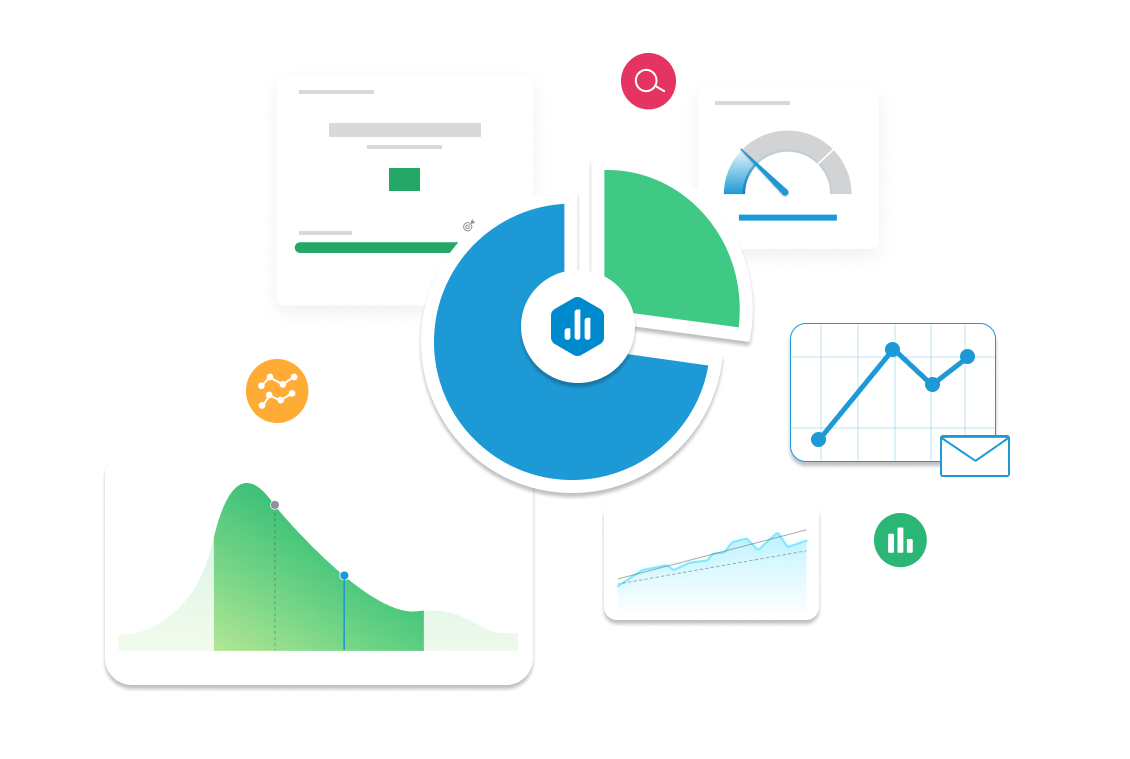Repeat Purchase Rate
Discover how Repeat Purchase Rate helps businesses track the percentage of customers who return to buy again. Learn how to measure, analyze, and increase this KPI to drive loyalty and long-term revenue.

| Category |
Marketing, Ecommerce |
|---|---|
| Type |
Lagging Indicator |
| Calculation |
Repeat Purchase Rate (%) = ( Returning Customers / Total Customers ) × 100 |
| Measure |
Tracks the percentage of customers who make at least one additional purchase, helping businesses understand retention trends and customer satisfaction. |
| Data Sources: |
Shopify, WooCommerce, BigCommerce, Klaviyo, Google Analytics, Stripe, ReCharge. |
| Frequency |
Tracked monthly or quarterly to monitor loyalty trends and evaluate retention initiatives. |
Example target
Increase repeat purchase rate to 40% in Q3 by implementing a loyalty program, sending replenishment reminders, and personalizing email campaigns.
Example Reports Use Case
A Customer Retention Manager monitors Repeat Purchase Rate to evaluate post-purchase experience and loyalty efforts. If the rate is low, they may improve product recommendations, offer discounts for reorders, or enhance the post-sale journey.



